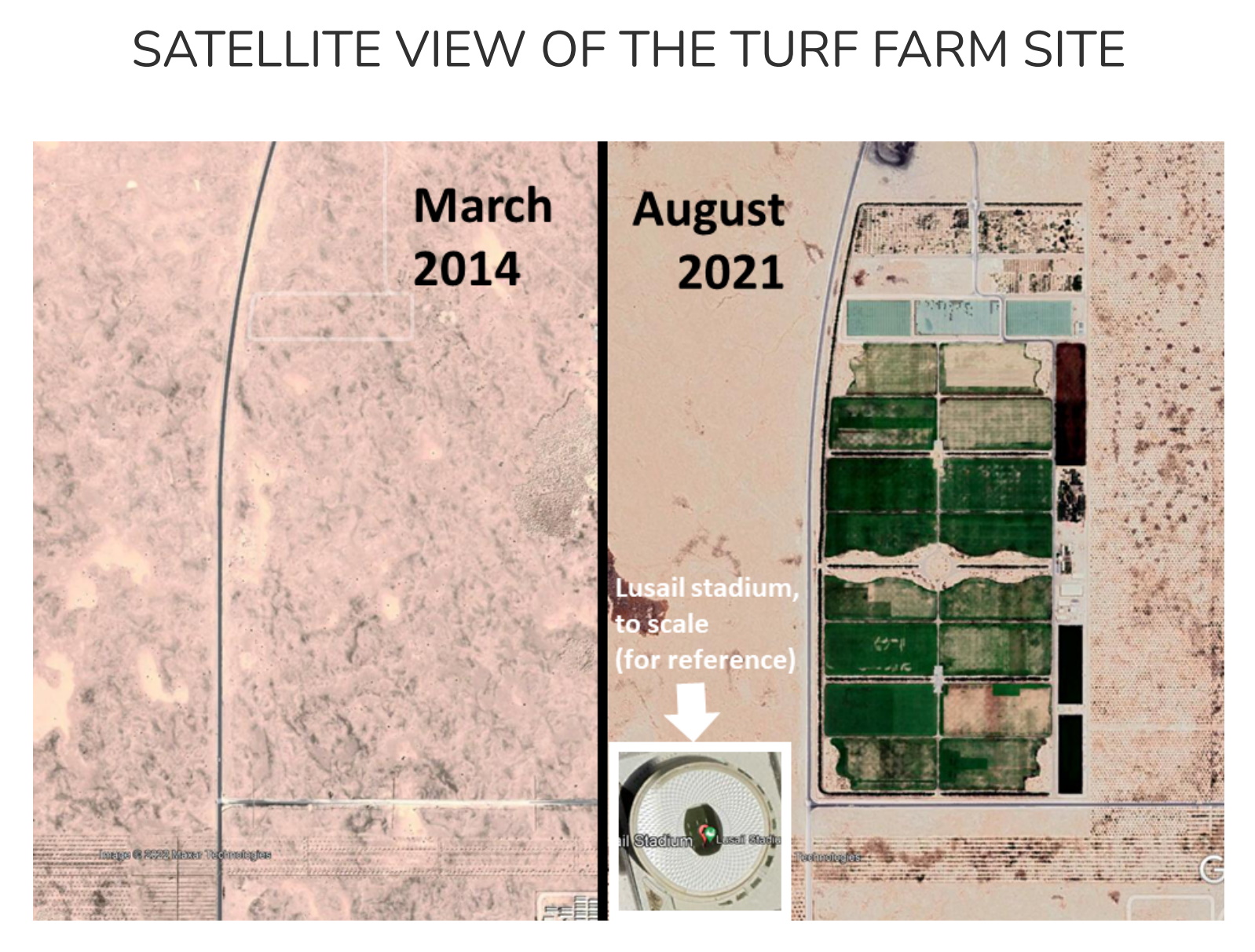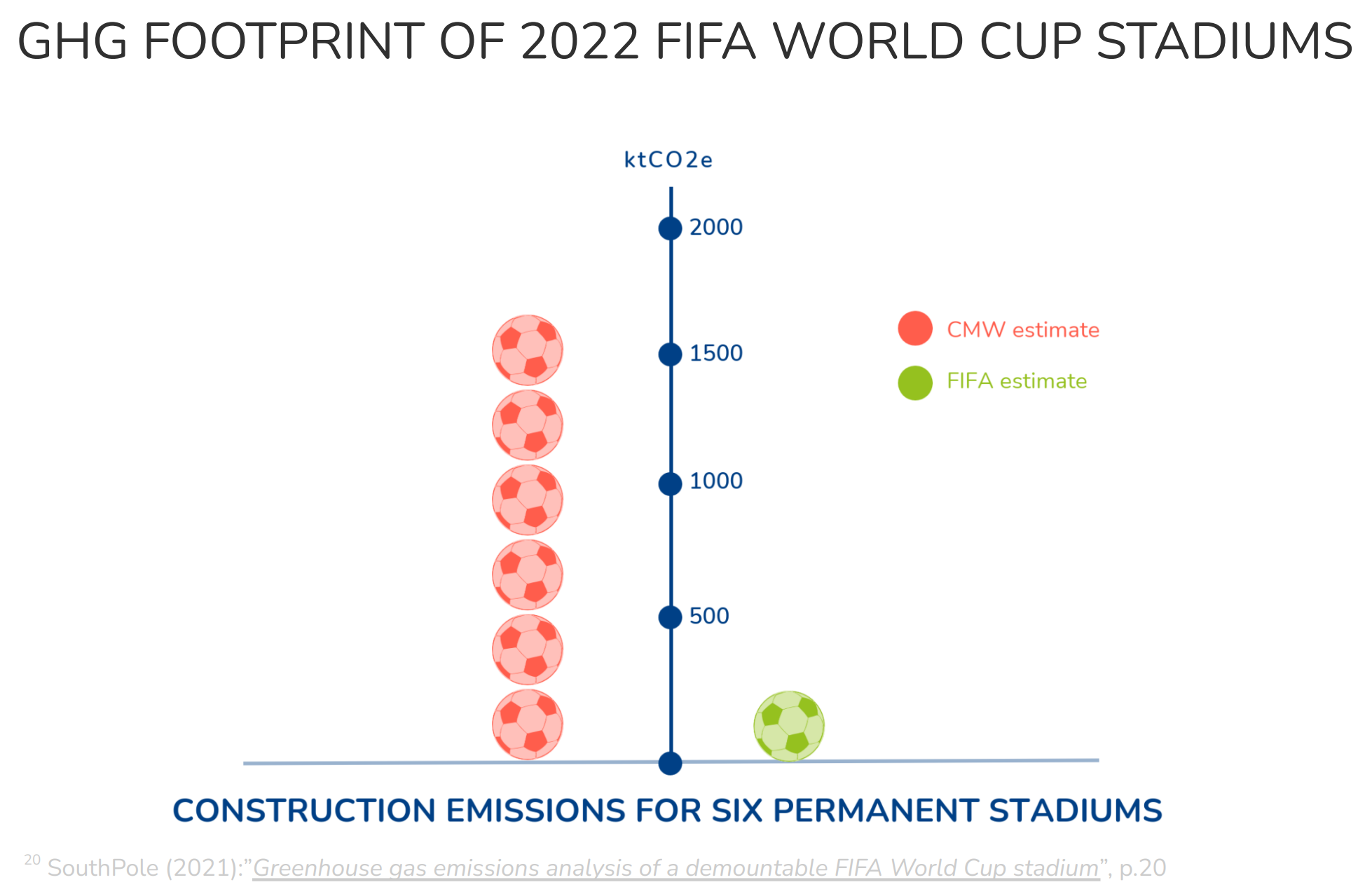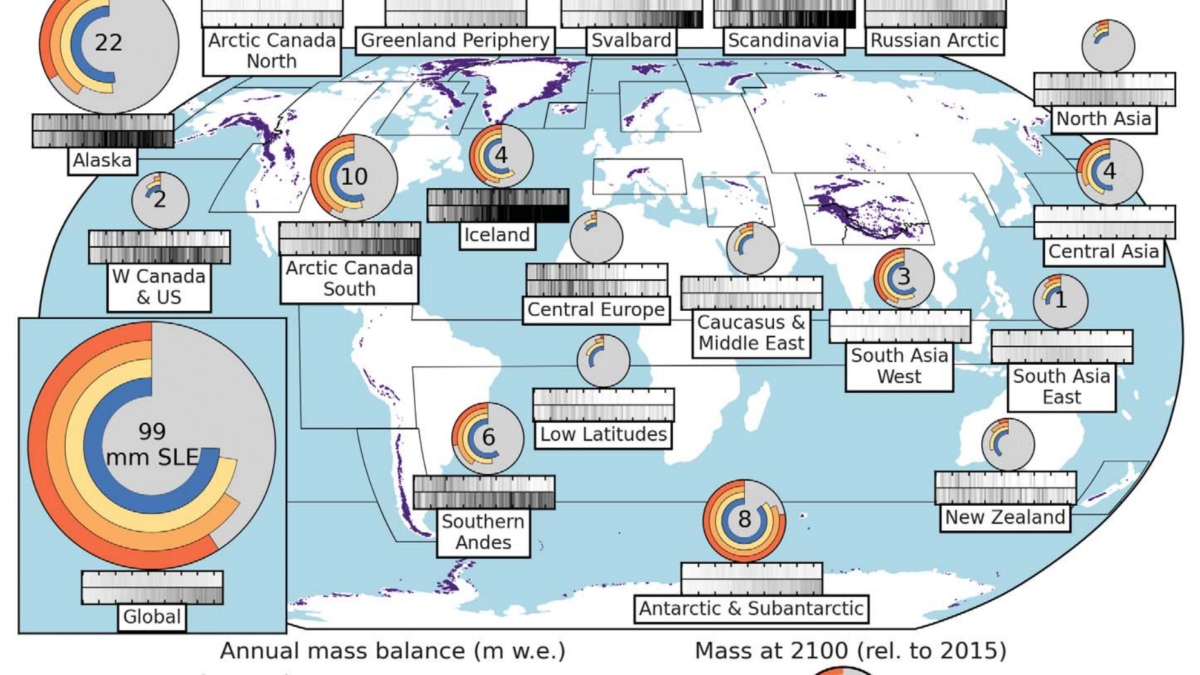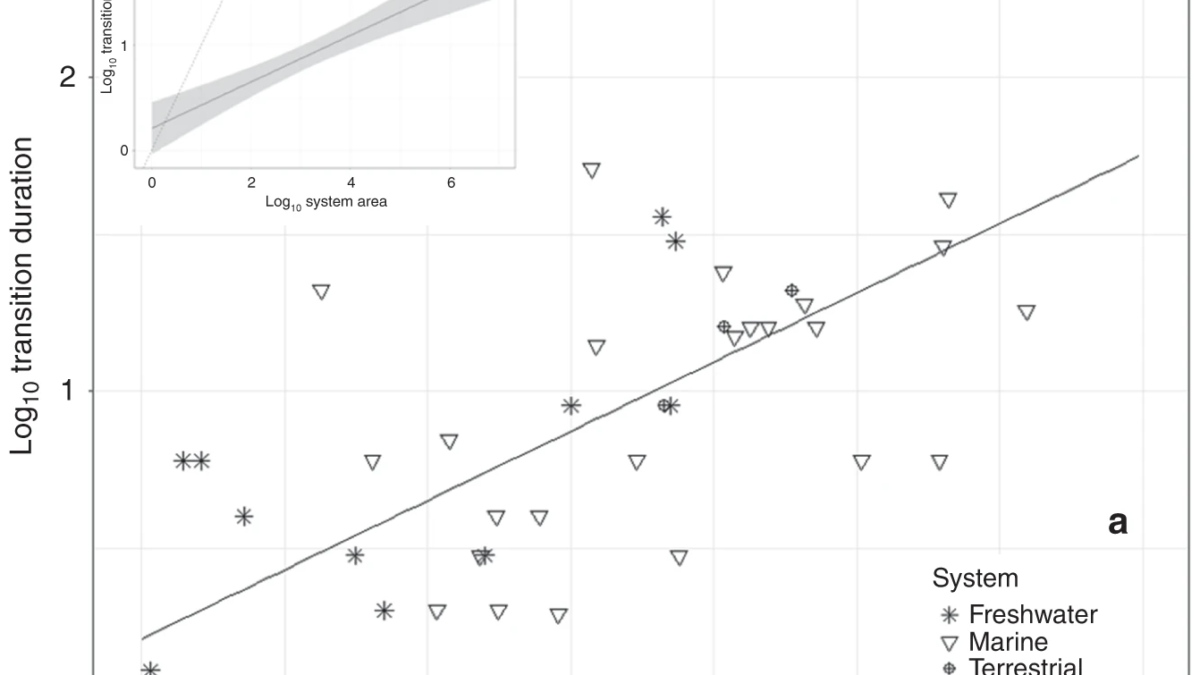World Cup 2022: The “mirage” of carbon offsetting

By Stéphane Mandard
19 November 2022
(Le Monde) – Organizers will have to buy 3.6 million carbon credits to compensate for emissions, according to FIFA. Carbon Market Watch says this estimate is too low – and a long way off.
FIFA claims that the World Cup in Qatar will be the first to be “carbon neutral”. In other words, the competition effectively will not emit a single gram of carbon dioxide (CO2) into the atmosphere, despite the construction of seven new stadiums, the air conditioning of those stadiums, the building of transport infrastructure and the travel to and from the stadiums by planeloads of fans from all over the world. How could such a feat be possible? FIFA has a not-so-secret way of setting about it: it’s called carbon offsetting.
A system criticized as a “greenwashing” practice, carbon offsetting is a mechanism that allows states or companies to finance greenhouse gas (GHG) emission reduction projects abroad in exchange for carbon credits, or in other words, the right to pollute. The best-known example – and also the most controversial – is CO2 sequestration by supporting forestry projects.
FIFA and the host country Qatar have promised to offset all World Cup GHG emissions by investing – through purchasing carbon credits – in projects that can reduce emissions by the same amount, in order to achieve a final balance of zero. FIFA estimates that the tournament will generate the equivalent of 3.6 million tonnes of CO2, which is still more than the total greenhouse gases produced by a country such as Iceland in 2021. This is also much more than the last two competitions, Russia in 2018 and Brazil in 2014, where the carbon footprint had been estimated – again by the federation – to be around 2 million tonnes of CO2.

Qatar sets its own standards
To reach this promised carbon neutral status, the organizers will have to buy 3.6 million carbon credits; a tall order. To make the task easier, the World Cup organizing committee has created its own carbon offset agency: the Global Carbon Council (GCC). Qatari authorities have set it the goal of offsetting half of the tournament’s carbon footprint, generating 1.8 million credits. FIFA will take care of the rest.
Purportedly “independent,” the GCC is supposed to promote a “path to a low-carbon future” in Qatar, the world’s largest emitter of GHGs per capita, and more broadly in the Middle East and North Africa. Above all, it allows the Qatari authorities – and their partners in the Gulf – to set their own standards, by freeing themselves from the certification bodies recognized on the international carbon markets, such as Gold Standard (originally established by the World Wildlife Fund) or the Clean Development Mechanism, led by the United Nations Framework Convention on Climate Change. These organizations are responsible for ensuring that the emissions reductions linked to projects financed by carbon credits are real, measurable, verifiable and supplementary. [more]
World Cup 2022: The ‘mirage’ of carbon offsetting

FIFA 2022 World Cup’s “carbon neutral” claim is far-fetched and spurious
7 June 2022 (Carbon Market Watch) – The 2022 FIFA World Cup in Qatar has advertised itself as a carbon-neutral tournament. However, a thorough Carbon Market Watch analysis reveals that this claim lacks credibility due to the apparent large-scale underestimation of the event’s emissions and the low quality of the carbon credits currently purchased to offset the climate impact.
FIFA, football’s international governing body, and the Qatari co-organisers of the 2022 FIFA World Cup have claimed that the event which is set to take place in November-December 2022, will have no net impact on the climate. This is despite the construction of seven world-class football stadiums, and the expected attendance of over one million people who will reach Doha by plane.
This claim adds to the long list of misleading advertisements and announcement that companies and event organisers are increasingly presenting to the public. Carbon-intensive products and services are increasingly being marketed in ways that suggest they have no net impact on the climate.
While Qatari organisers characterised the analysis from Carbon Market Watch as “speculative and inaccurate”, they did not specify why this was the case, or point out any factual mistake in the report.
In the case of the World Cup, organisers have attributed a minuscule footprint to the construction of six brand new, state-of-the-art football stadiums, even though these were purpose built for the event and are at risk of not being used or of being underused after the event. They achieved this improbably low figure by distributing the construction-related emissions as a proportion of the number of days during which the stadiums will be used for the World Cup divided by the total lifetime of the stadiums, which is estimated at over half a century (more details are available in our report). The more realistic and responsible accounting approach would have been to attribute all the emissions associated with building the stadiums to the tournament.

Net-zero credibility
The result is that the footprint for the construction of these stadiums might have been underestimated by a factor of approximately eight: 200 kilotonnes of carbon dioxide equivalent (ktCO2e) instead of the more realistic 1.6MtCO2e.
In addition, the event organisers were involved in the establishment of a new carbon market standard, the Global Carbon Council, which seeks to register projects and issue carbon credits. A deal was already agreed for the GCC to supply 1.8 million carbon credits to offset part of the World Cup’s emissions.
However, currently registered projects under the standard have a low level of environmental integrity. Only one project has actually issued carbon credits so far, and it is a grid-connected wind power project in Turkey. This type of activity is highly unlikely to be additional, as it generates significant revenues from electricity sales and is, therefore, economically viable without carbon credit revenues.
Crash landing
Despite the organiser’s claim that having so many stadiums concentrated in a small geographical area would help reduce emissions related to air travel, Qatar Airways announced, the day of our report’s release, that it would operate 160 daily flights with neighbouring countries as a shuttle service as part of the World Cup.
This might help address the shortage of accommodation for fans in and around Doha, but it will widen the gap between the organiser’s claims and reality to levels approaching cognitive dissonance.
This highlights the urgent need for action to bring into check this kind of questionable and damaging practice. Although regulators and civil society are increasingly taking action against greenwashing and misleading claims, more needs to be done because far-fetched climate claims are skyrocketing.
FIFA 2022 World Cup’s “carbon neutral” claim is far-fetched and spurious


